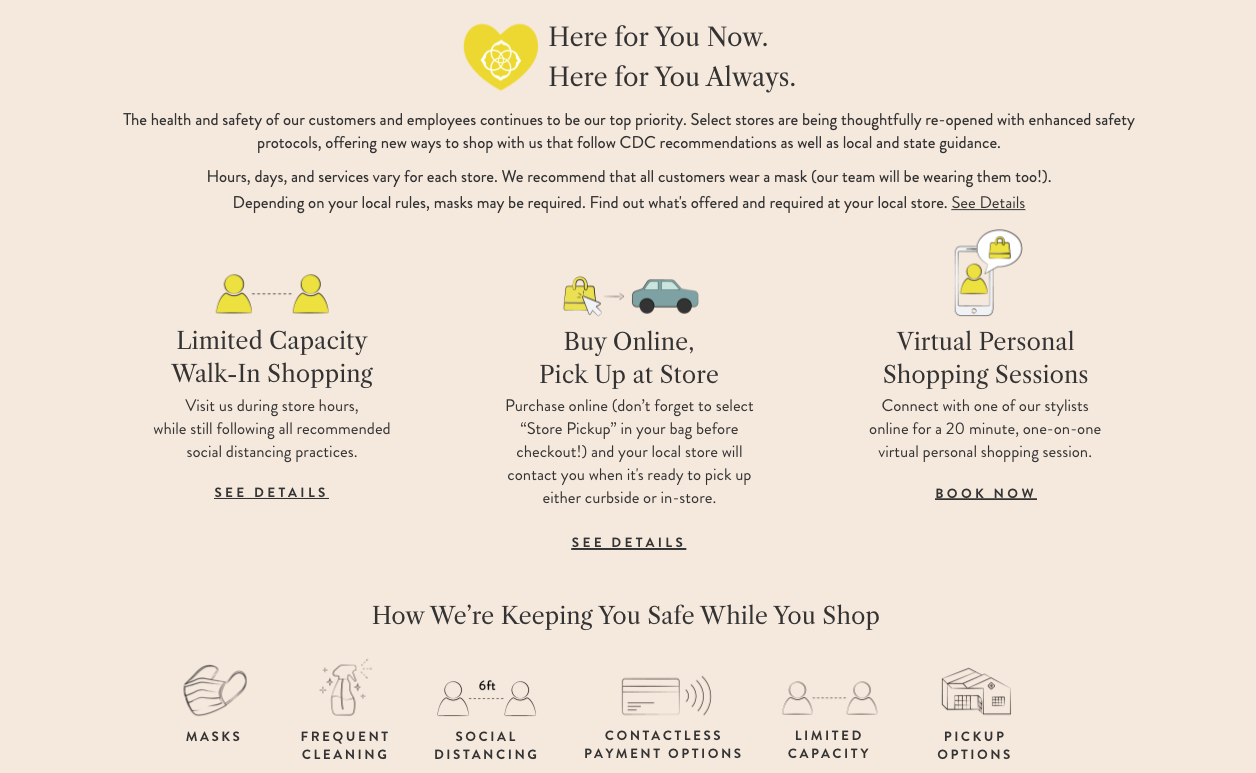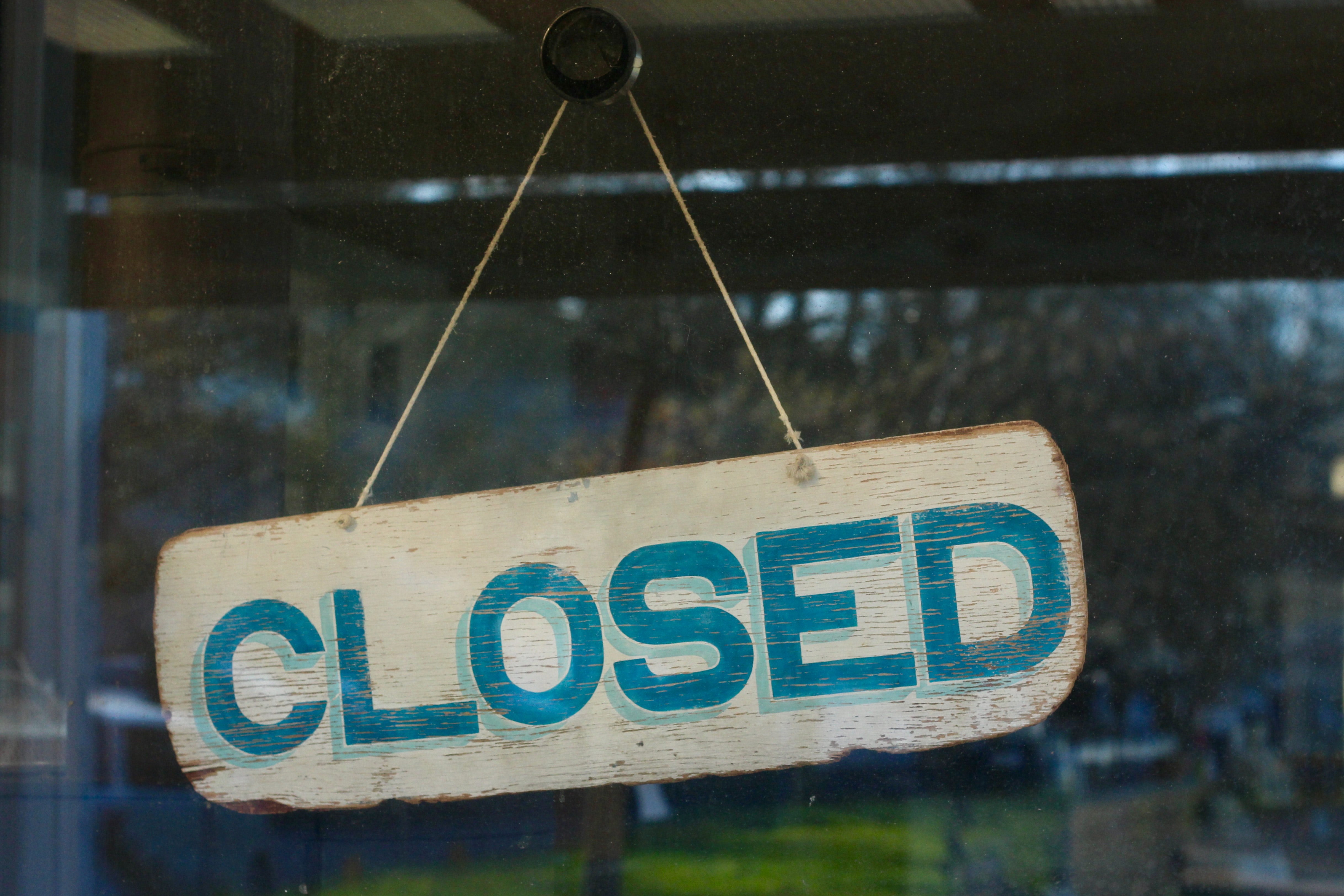If you were to walk into one of Kendra Scott’s retail stores early this year, you wouldn’t see jewelry hidden under a glass case. Everything would be out in the open for you to touch and feel, and you’d be greeted by retail associates ready to help you fasten that necklace you were eyeing. Fast forward a few months that felt like years, and over 100 stores are still open only for curbside pickup, with mask mandates and social distancing still in effect, Kendra and her team have had to get creative. In a recent webinar with Inc., she shared a few tips on how COVID-19 has changed her overall business model — and how other retailers can thrive while navigating these unprecedented times.

“Disruptive Retail Strategies” Become “Retail Strategies”
To adapt to customer needs and abide by CDC guidelines, many retailers have shifted their efforts to provide virtual shopping, augmented reality and other forms of “disruptive retail.” Scott coined the term for her company’s early implementation of its Color Bar. The technology, which launched in 2009, allows customers to customize jewelry to their specific tastes and desires. Since the onset of COVID-19, Kendra Scott has leaned in even further to digital so the brand could provide a variety of virtual services for its customers. Other retailers have applied the following:
- Blu Rayne Bridal Boutique is offering virtual bridal shopping
- Glossier’s new program, Glossier Live Edit, connects customers with a team member for personal, one-on-one appointments
- Kay Jewelers, Zales and Jared are offering video jewelry appointments
- Taubman Center malls have added virtual waitlists to their app, allowing shoppers to choose to wait in their car or away from the crowd until stores clear out
- IKEA’s shopping app utilizes AR that allows consumers to test a piece of furniture within their home from their smartphone
Connections, Connections, Connections
Customers are more likely to purchase products in the future if they are initially met with a feeling of connection and intimacy. It shows care from a customer standpoint as well as a human one. For example, Kendra Scott utilizes marketing automation, quizzes and feedback to understand their customers’ buying patterns and get input regarding future retail items. Scott’s retail team also sends handwritten notes with online purchases for an increasingly rare personal touch. To Scott,
“The number of connections is more important than the number of sales because connections are more long-lasting.”
Just as important as enhancing customer relationships is connecting with employees and team members. Workforce morale can make or break a sale, a financial quarter or season. To keep employees engaged and happy amid stay-at-home orders and adjusted company policies, check-ins via web conferencing, extra paid time off and discounts on birthdays are all ways to keep employees invested during this bewildering time.
The End of Brick and Mortar?
While mandated restrictions have hindered in-person shopping, it hasn’t stopped consumers from spending. According to ACI Worldwide, most retail sectors saw a 74 percent increase in March, compared to the same period last year. Consumers in the U.S. did $1,363 billion in retail spending during the first quarter of 2020, up 2.1 percent from the first quarter of last year. It’s clear the pandemic is not causing a decrease in consumer spending overall but, with brick-and-mortar stores closed, there has been a major surge in online shopping. In e-commerce alone, consumers spent $146.47 billion online with U.S. retailers in the first quarter, up 14.5 percent from $127.89 billion for the same period the prior year, according to retail data from the U.S. Department of Commerce.
The year’s first-quarter statistics clearly show the significance of online shopping; however, it’s important to expect future changes in shopping, as well as be prepared for when shoppers are eager to get back to the “old normal.” Brick and mortar sales have dropped since COVID-19, but it’s too early to tell if shoppers will prefer online shopping for the long run or if they’ll be lining up to get back to in-person shopping once it’s safe to do so.
Get Innovative
Retail marketing has always had to adjust and flex in order to fit society’s current needs. With stay-at-home restrictions still enforced around the world, it’s important to innovate ways new and existing customers can shop (from home, safely in-store, etc.) with ease. What can retailers do to get customers to return to their products without shopping in their stores? How will retailers stay ahead of the curve in comparison to their competitors? What technologies implemented during the pandemic will change the retail sphere for years to come? Only time will tell.
Want to better understand your customers’ retail shopping journey (and get them coming back)? Let’s talk about our advanced marketing automation options.
Photo by Lisa Bresler on Unsplash





